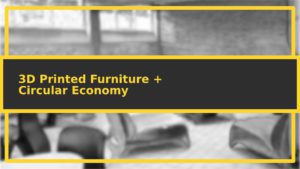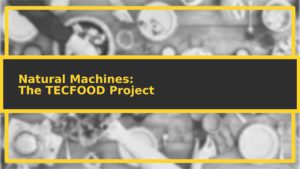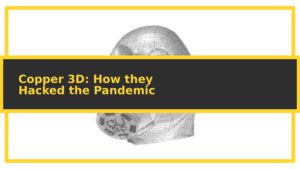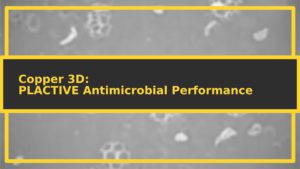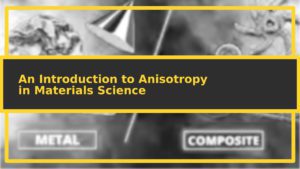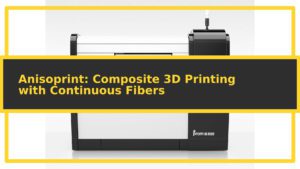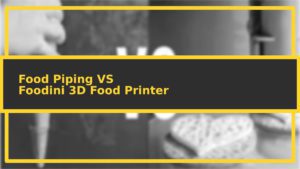
Food Piping vs Foodini 3D Food Printer (3D Food Printing)
Is 3D food printing merely a fancy way of automating piping bags? That analogy works occasionally. However, this is not always the case. Some individuals will comment that 3D food printing is simply automating a piping bag when they observe food being printed layer by layer. That is accurate in some situations, and it makes for a solid fundamental parallel.


